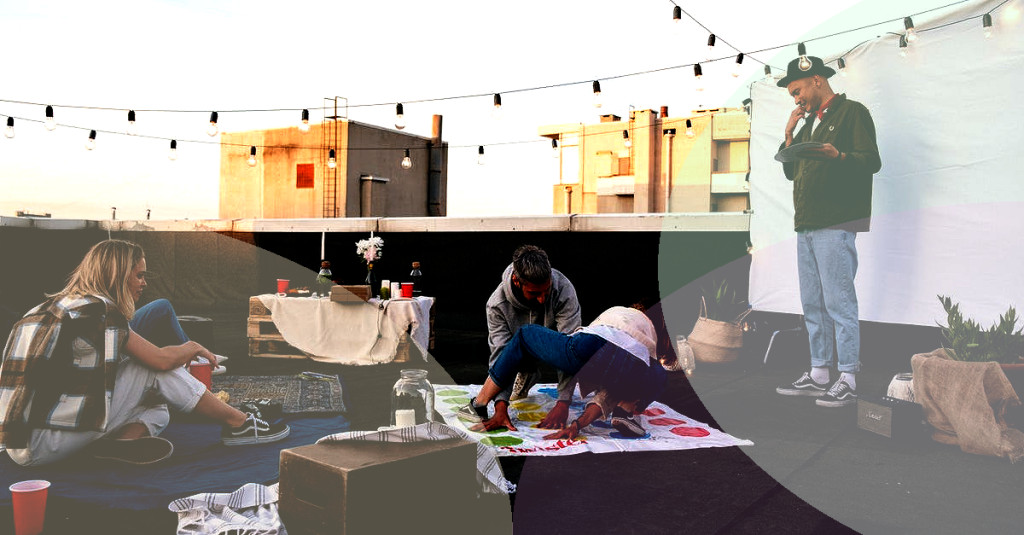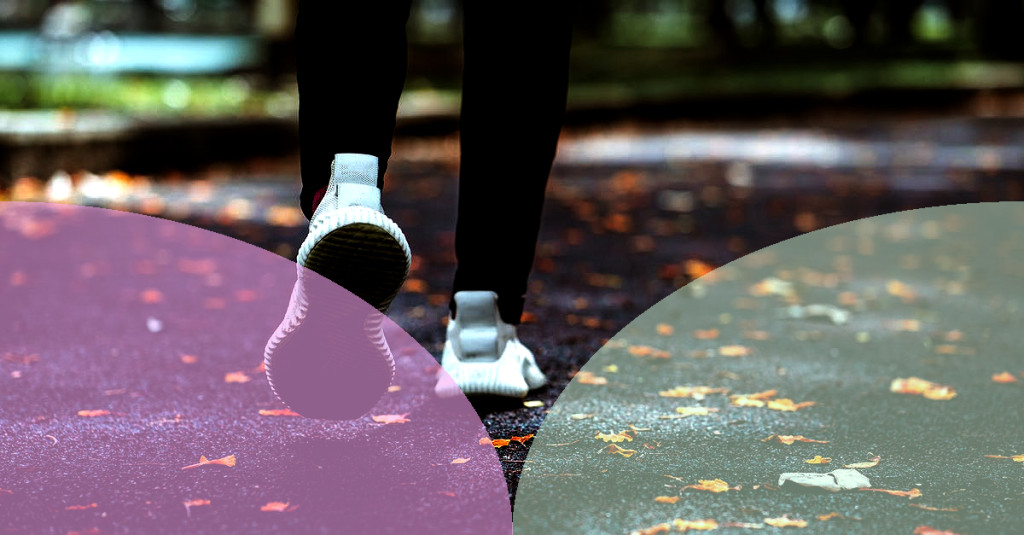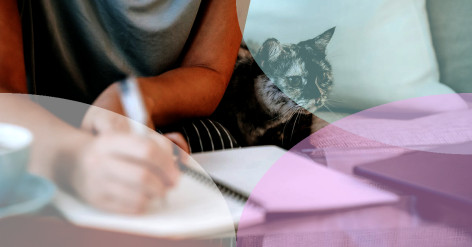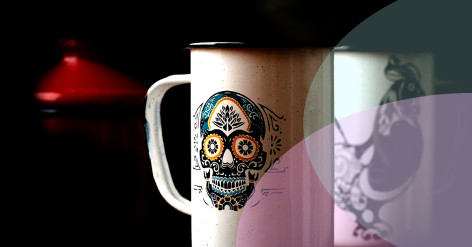Step-by-Step Guide to Dyeing Fabric

- Embracing the Art of Dyeing: Setting the Scene
- Dyeing 101: Gathering Your Supplies
- Choosing the Perfect Dye: Natural vs. Synthetic
- Let's Get Dyeing: A Step-by-Step Tutorial
- Embodying Creativity: Fabric Dyeing Techniques
- The Ultimate Care Guide: Making Your Colors Last
- Exploring Your Inner Artist: Taking Fabric Dyeing to the Next Level
Embracing the Art of Dyeing: Setting the Scene

Table of Contents
- Embracing the Art of Dyeing: Setting the Scene
- Dyeing 101: Gathering Your Supplies
- Choosing the Perfect Dye: Natural vs. Synthetic
- Let's Get Dyeing: A Step-by-Step Tutorial
- Embodying Creativity: Fabric Dyeing Techniques
- The Ultimate Care Guide: Making Your Colors Last
- Exploring Your Inner Artist: Taking Fabric Dyeing to the Next Level
Dyeing 101: Gathering Your Supplies

Dyeing fabric is a creative and fun way to breathe new life into old textiles or to personalize store-bought fabrics to match your unique taste. Whether it's re-coloring a faded shirt or crafting a vibrant tapestry, fabric dyeing is an accessible hobby anyone can enjoy. This guide will take you through the basics of dyeing fabric step-by-step, from gathering supplies to exploring advanced dyeing techniques. The magical world of colors awaits!
Choosing the Perfect Dye: Natural vs. Synthetic
Before we dive into the dyeing process, let's cover the essentials. Here are the supplies you'll need to start your fabric dyeing journey:
- Fabric dye of your choice (natural or synthetic)
- Textile or fabric (cotton, linen, silk, and rayon are the most suitable)
- A large stainless steel or plastic container
- Protective gloves
- Stirring stick (a wooden spoon works great)
- Salt (for natural dyes) or soda ash (for synthetic dyes)
- Rubber bands and clamps for tie-dyeing (optional)
- Iron and ironing board for heat setting (if required)
Now that you've gathered your supplies let's move on to the next step: choosing your dye.
Let's Get Dyeing: A Step-by-Step Tutorial

Related articles
There are two primary types of fabric dyes you can choose from: natural and synthetic dyes. Understanding the difference between the two is essential for selecting the perfect dye to suit your project's needs.
Natural Dyes: Derived from plants, animals, and minerals, natural dyes offer a range of beautiful and earthy tones. Some popular natural dyes include indigo, cochineal, and madder root. Check out this comprehensive list of natural dyes for more options.
Synthetic Dyes: Made from chemicals, synthetic dyes provide a more extensive range of vivid and fade-resistant colors. They include acid dyes, fiber-reactive dyes, and direct dyes. The most popular option for dyeing fabric at home is fiber-reactive dyes, like Procion MX dyes.
Whichever dye you choose, be sure to follow the specific instructions provided by the manufacturer. Now, let's start dyeing!
Embodying Creativity: Fabric Dyeing Techniques
-
Prep the fabric: Thoroughly wash and dry your textile to remove any dirt, grease, or sizing agents. This ensures even dye absorption.
-
Mix the dye: Following the manufacturer's instructions, mix your chosen dye in the large container with the appropriate amount of water.
-
Add salt or soda ash: Depending on the type of dye, add the required amount of salt (for natural dyes) or soda ash (for synthetic dyes) to help the dye bond with the fabric fibers.
-
Submerge the fabric: Dampen your textile and place it in the dye bath. Stir gently and continuously using the stirring stick for even dyeing.
-
Soak the fabric: Allow the fabric to soak in the dye bath for the recommended period, typically between 30-60 minutes. Keep stirring occasionally.
-
Rinse and wash: Carefully remove the fabric from the dye bath, wearing protective gloves, and rinse with cold water until the water runs clear. Then, wash the fabric with a gentle detergent, rinse again, and let it dry.
-
Heat set (if required): Some dyes, like acid dyes, require heat setting to fix the colors permanently. Follow the manufacturer's instructions for heat setting, typically using an iron or a clothes dryer.
Congratulations, you've successfully dyed your first piece of fabric!
The Ultimate Care Guide: Making Your Colors Last
Now that you've mastered the basics, let's explore some advanced fabric dyeing techniques to unleash your inner artist:
- Tie-dyeing: Create intricate patterns and bold color combinations by tying your fabric with rubber bands, and applying various shades of dye.
- Shibori: An ancient Japanese method involving folding, twisting, and binding to produce beautiful patterns on fabric.
- Batik: Applying wax to specific areas of fabric to resist dye, creating unique designs.
Exploring Your Inner Artist: Taking Fabric Dyeing to the Next Level

To ensure that your colorful creations maintain their vibrancy over time, follow these tips:
- Always pre-wash your fabric before dyeing.
- Use the correct amount of salt or soda ash to help the dye bond to the fabric.
- Heat set your dyed fabric if required.
- Wash dyed textiles separately in cold or lukewarm water with mild detergent.
- Limit exposure to direct sunlight, which can cause fading.
With this comprehensive guide, you're now well-equipped to explore the magical world of fabric dyeing. Whether it's experimenting with new dyeing techniques or venturing into sustainable natural dyeing practices, you're on your way to creating breathtaking textiles and handmade treasures.
Find more inspiration, tips, and tutorials on fabric dyeing in the vibrant online community at forums like The Dye Forum.





